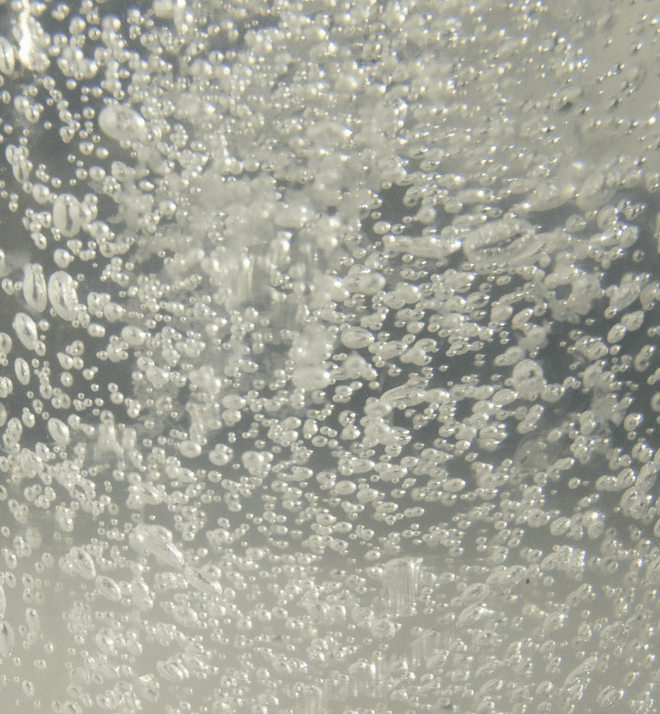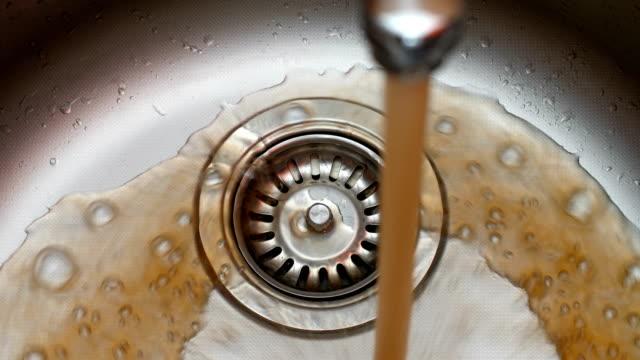What are Human Hormones?
Is the water you consume every day as safe as you think? While tap water may appear pure, it can sometimes harbor hidden dangers. One such danger is chloroform; a byproduct of water disinfection and a key chemical in various industrial processes.
The presence of chloroform in drinking water is a concerning issue, but, fortunately, it's one that can be addressed. This article will equip you with the knowledge to identify and understand the risks associated with chloroform in your drinking water. Your journey towards safer, healthier water begins here.









